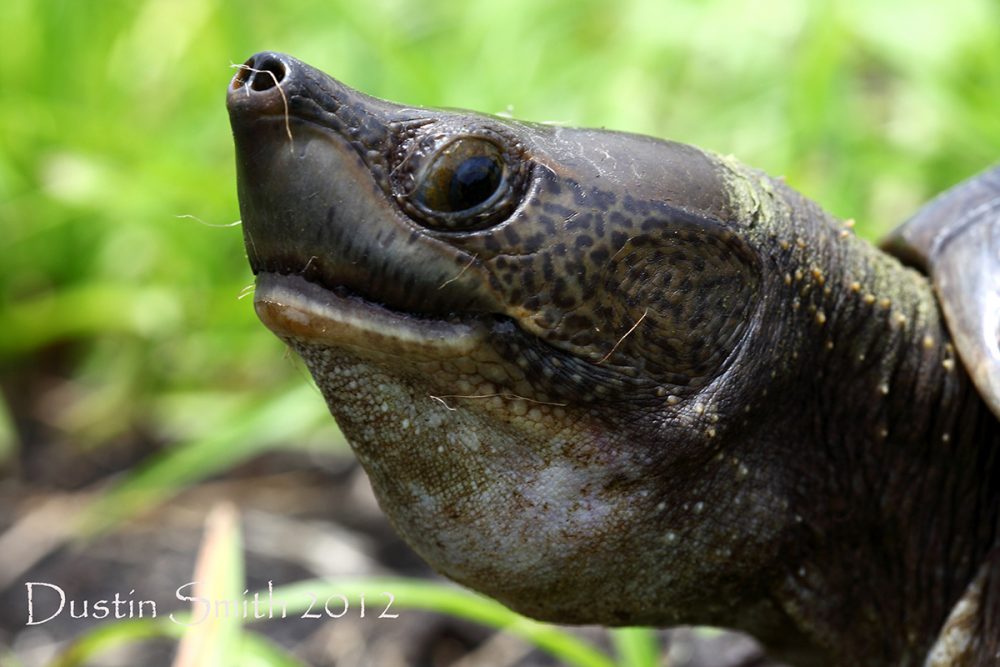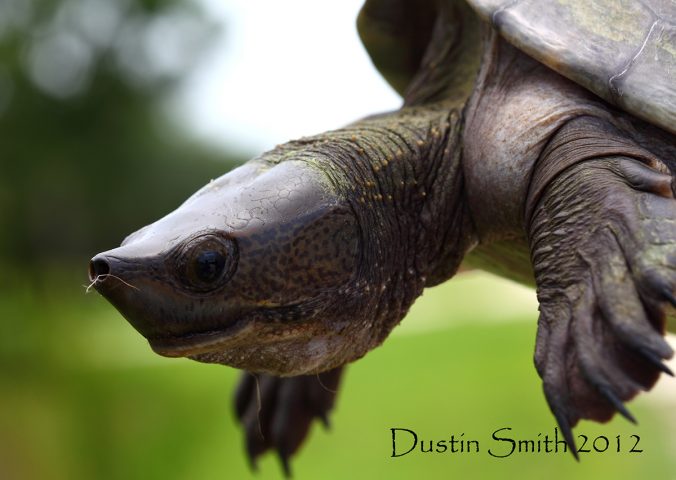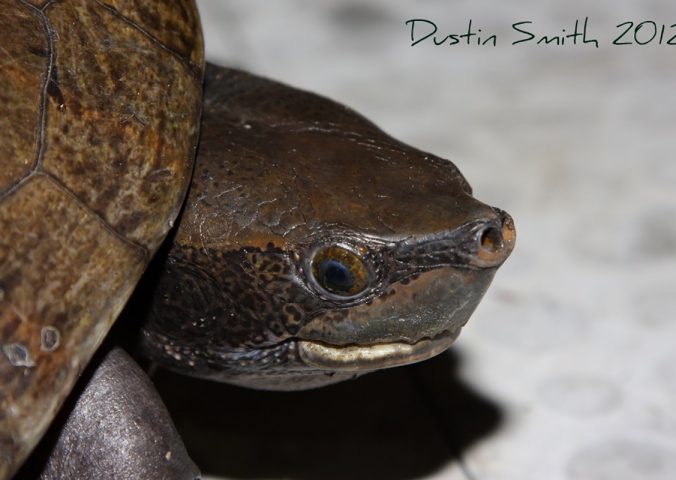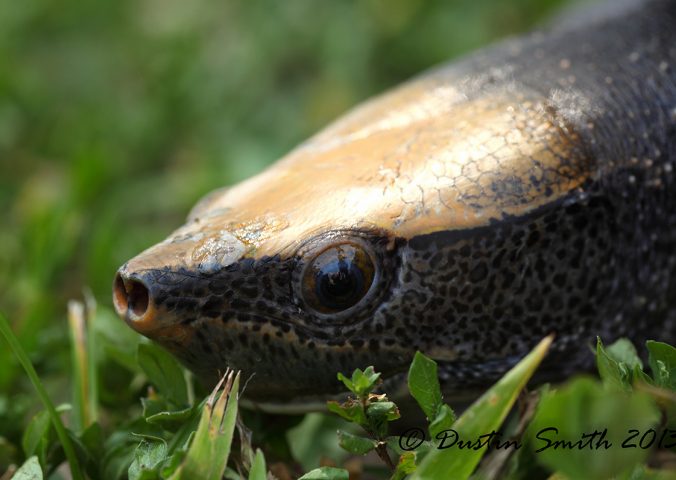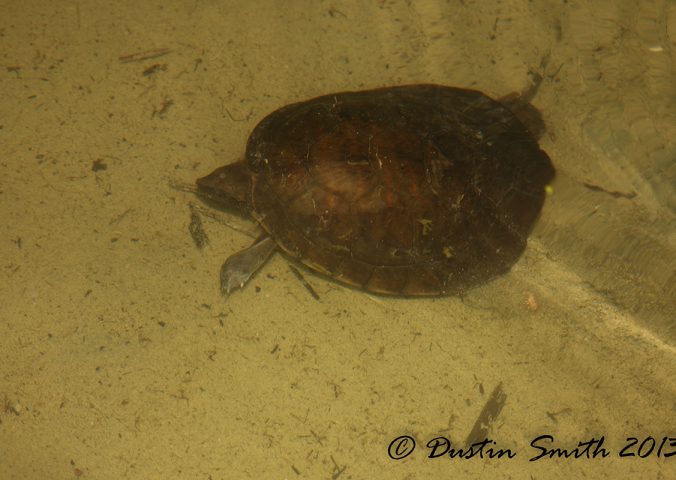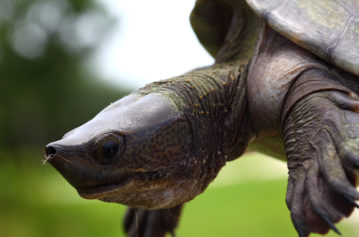About
The Critically Endangered Central American river turtle is the sole surviving species of an historically widespread family of turtles. However, the entire lineage is now restricted to parts of Belize, southern Mexico and Guatemala.
The Central American river turtle diverged from all other living turtles around 80 million years ago. To put this in perspective, this species sits alone on the tip of a branch of the tree of life stretching back to the time of the dinosaurs. The branch of the tree of life upon which humans reside is a mere twig in comparison, stretching back less than 10 million years before we reach our last common ancestor with chimpanzees and bonobos.
This large freshwater turtle is highly aquatic and feeds only on plant matter. Its large size and apparently tasty meat mean this species is a highly profitable resource for local people and has been overexploited across its range. This overexploitation has led to many populations becoming extirpated.
The species is severely threatened across its range and is listed as Critically Endangered by the IUCN Red List on the basis of widespread, dramatic and ongoing population declines. The species is now protected by various forms of national and international legislation, and is listed in CITES Appendix II. Captive breeding efforts are underway, and the implementation of existing measures is critical for the survival of this species.
- Order: Testudines
- Family: Dermatemydidae
- Population: Unknown
- Trend: decreasing
- Size: 60cm (?)
- Weight: 14kg
EDGE Score
Distribution
The Central American river turtle is found in certain Atlantic drainages of Guatemala, southern Mexico — from central Veracruz to Campeche — and throughout Belize.
Habitat and Ecology
Central American river turtles tend to inhabit relatively deep rivers and lakes, travelling through flooded forests to nest during the wet season. As the flood waters drop they often become trapped in oxbow lakes until the next wet season. These turtles are poorly suited to life outside water and feed on aquatic vegetation and fallen fruits and leaves from riparian vegetation.
Females nest at the height of the wet season, laying as many as four clutches of eggs. Nests are often inundated by flood waters for weeks without any negative effect on hatchling survival.
